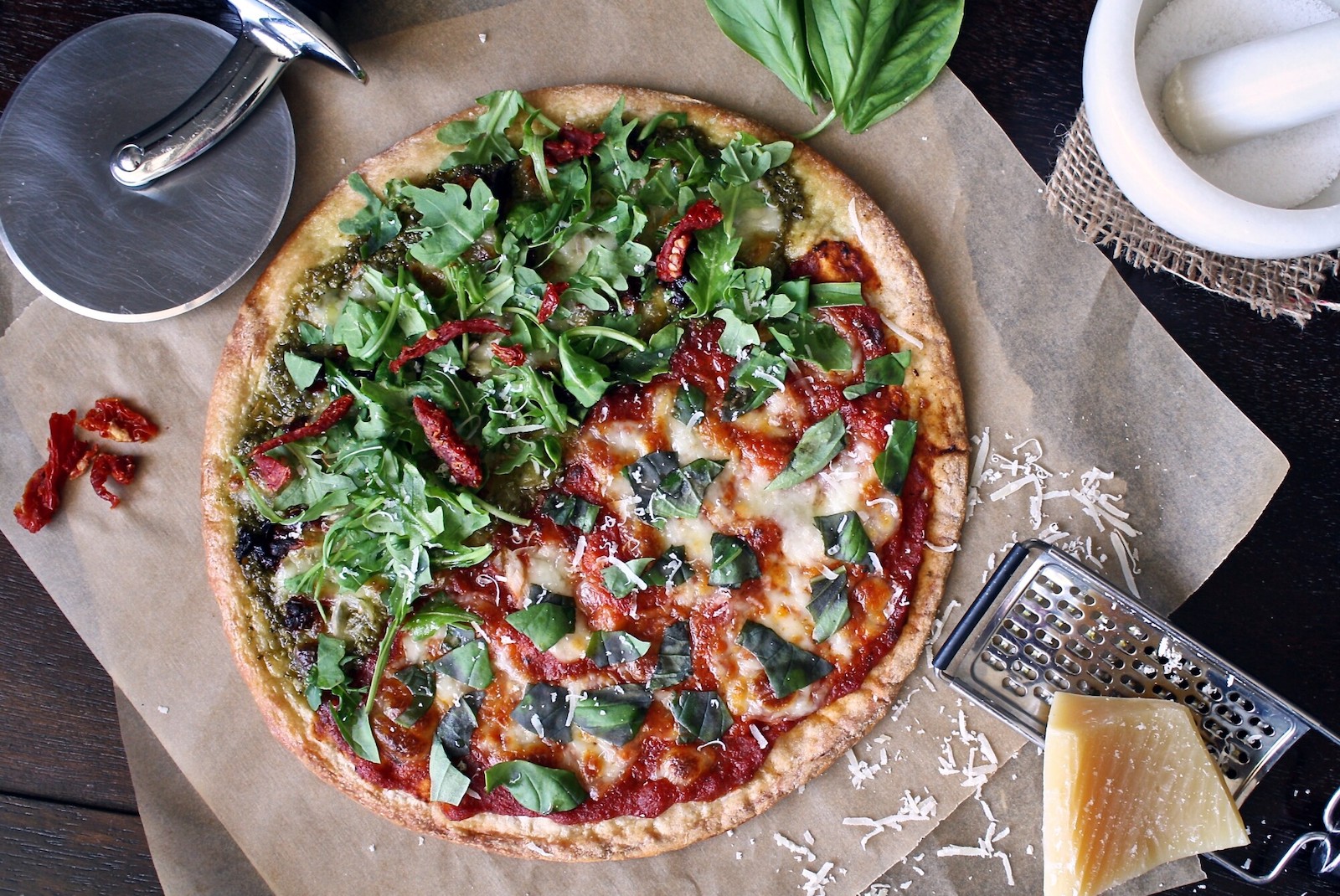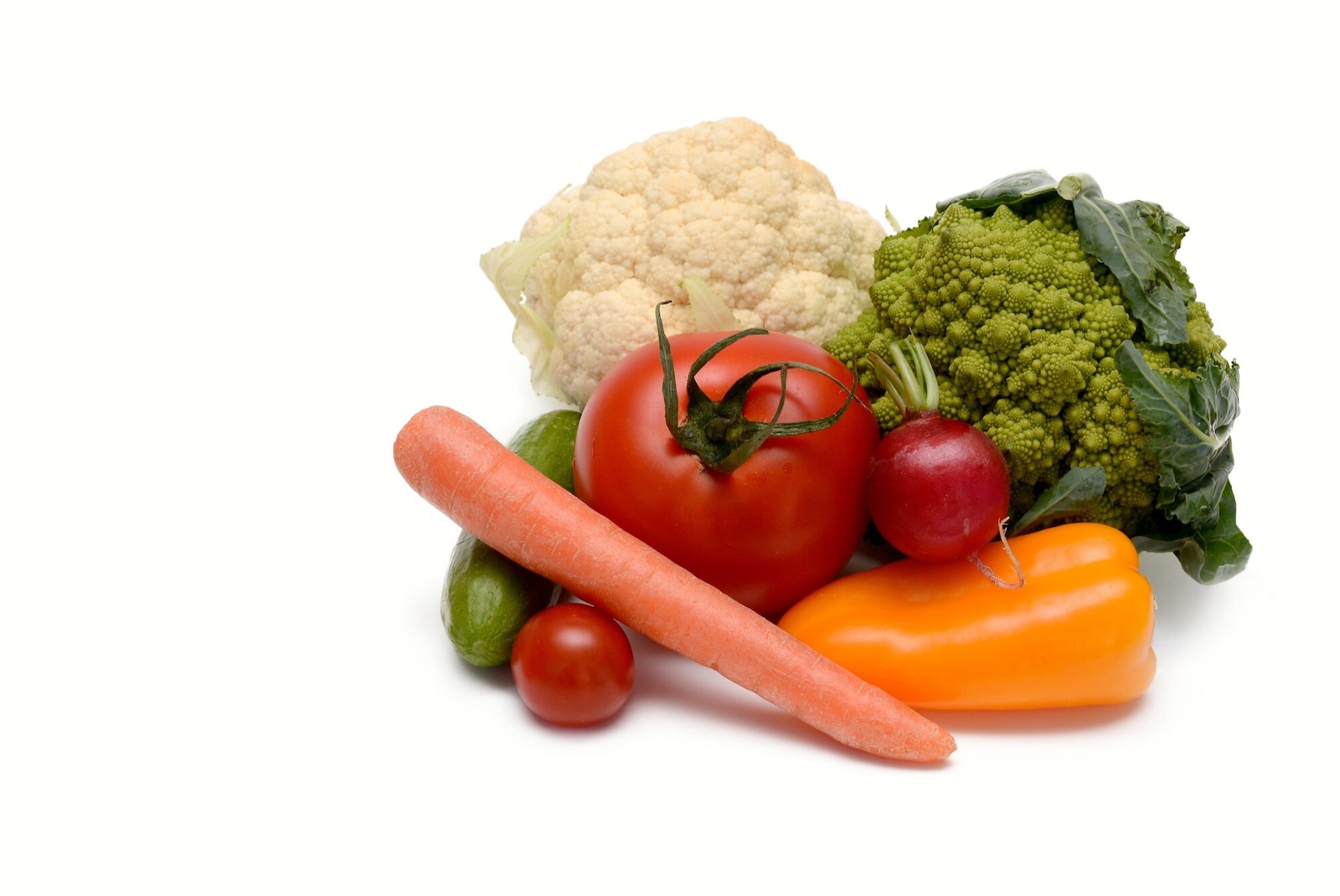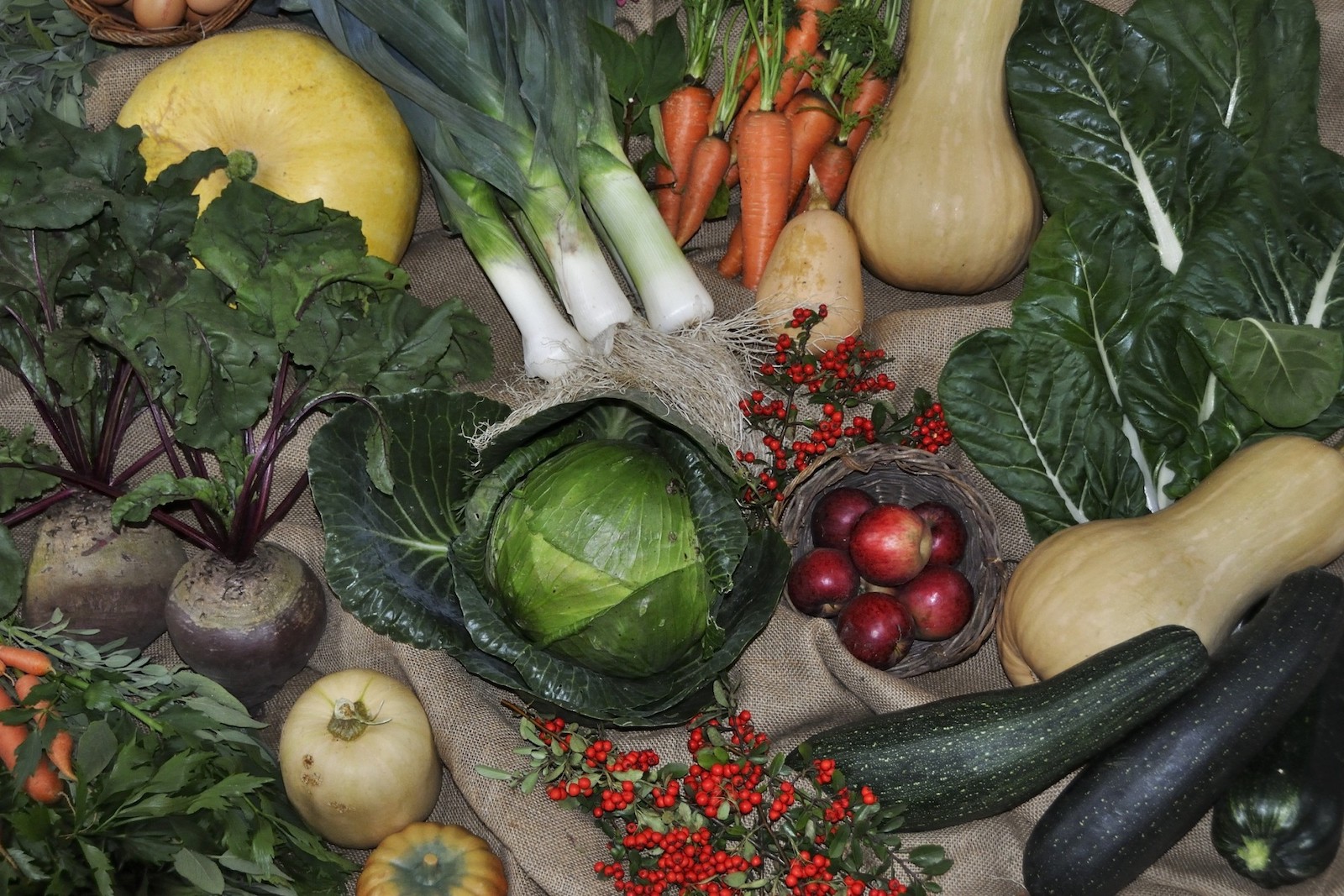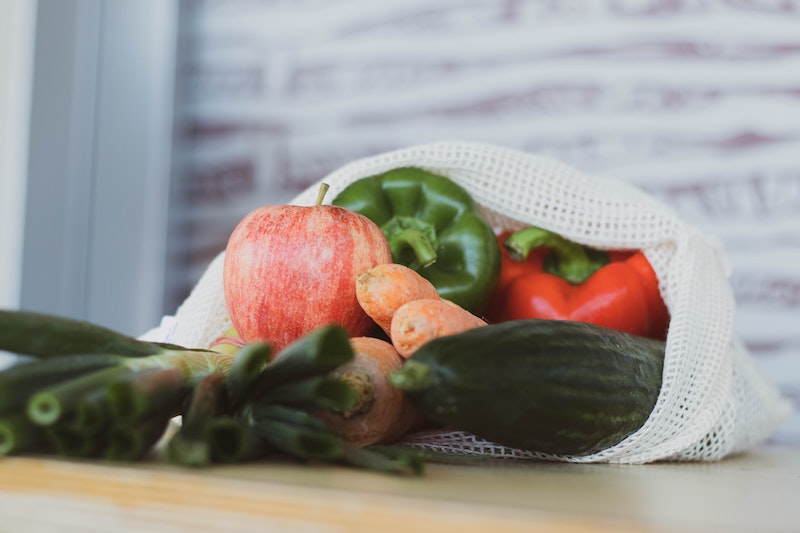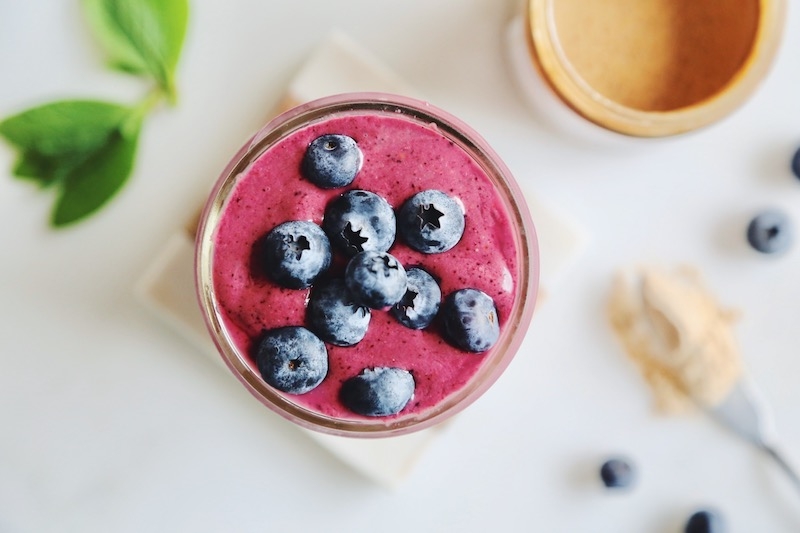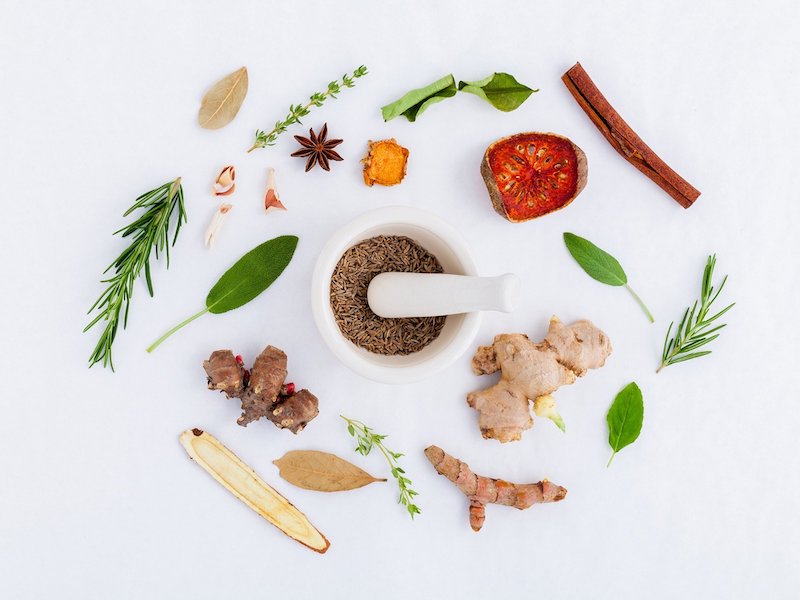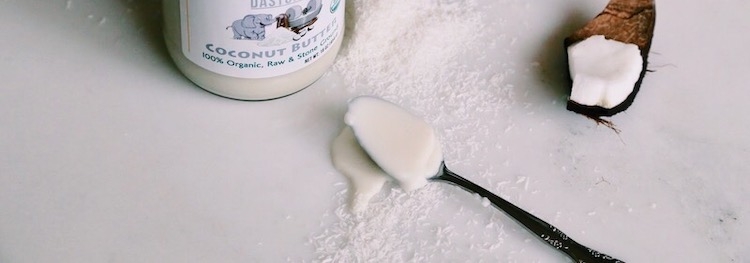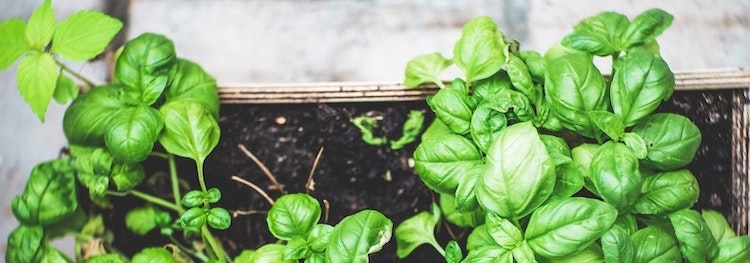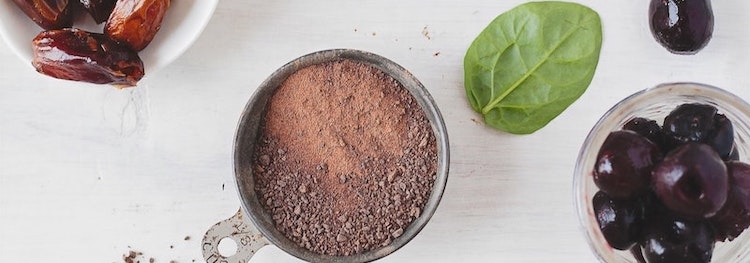Healthy Alternatives to Common Foods
- By Alex Malinsky
- Feb 2, 2023
While processed foods can be cheaper, they have negative long-term effects on our health. Spending a little extra on healthy eating can ensure you feel your best, so it's a worthwhile investment.
So it's about time that you look for alternatives to common foods. Keep reading for some excellent choices, so you can lead a happier and healthier life!
Processed Cereals
It's important to start off every day with a hearty breakfast. But many people reach for things like Frosted Flakes and Honey Nut Cheerios. They're full of sugar and don't have enough whole grains, which are essential for regulating cholesterol levels and blood pressure.
To start your day off right, you should opt for whole-grain oats, millet, or wheat berries.
Chips
Chips are easy to reach for when you hit that afternoon slump and need to refuel. Not to mention, they come in a wide variety of delicious flavors too.
However, this snack is deep-fried, making it high in empty calories. It also has a large amount of sodium, which can cause high blood pressure.
Instead of stocking up on chips, you should make oven-baked chickpeas. Not only can you control the amount of salt that goes in the snack, but you can also switch up the flavors to suit your palate.
You can also make a trail mix with pumpkin seeds, sunflower seeds, almonds, pecans, peanuts, and cashews, as well as dried pieces of fruit for a little bit of natural sugar. These things will all help you get through the day.
Chocolate
Anyone with a sweet tooth will have a weakness for chocolate bars. But regular chocolate is high in sugar and saturated fat.
If you must have your chocolate, then swap milk for dark chocolate, which is healthier since it has significantly higher levels of antioxidants, as well as iron, zinc, and magnesium. You should also get high-quality raw and organic chocolate, which can help with heart health.
Pizza
Pizza has the potential to be healthy, but storebought ones never are. Not only are they greasy, but the toppings are usually very salty and high in calories.
It's best to make your own pizza at home, where you can top it with wholesome ingredients like fresh mushrooms, spinach, broccoli, red peppers, onions, and lean chicken. Use a whole-grain crust and low-fat cheeses too.
Switch From Common Foods to Healthier Alternatives
You may not realize it, but many common foods aren't fantastic for your health. But by learning and choosing alternative foods, you can switch to a healthy diet that's still tasty.
In fact, many of these foods can be more delicious than processed junk. So be proactive and put nutritious things on your grocery list. Your body will thank you.
If you're ready to make better food choices, then shop our selection now! We're a family-owned and operated business that specializes in organic ingredients and essentials.

